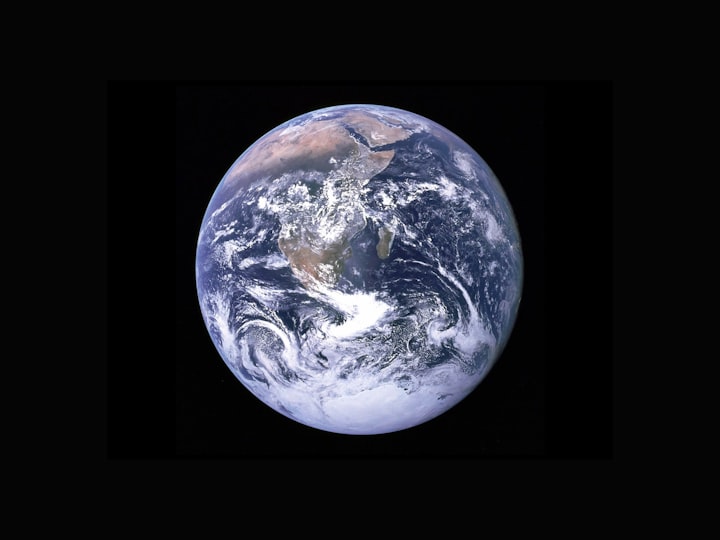What the Earth is really standing on?
The REAL TRUTH
When we think about the Earth, we often envision a solid and stable mass beneath our feet. However, what lies beneath the surface is a complex and dynamic structure that plays a crucial role in shaping our planet. So, what is the Earth really standing on? Let's delve into the depths and explore the fascinating layers that make up our planet's foundation.
The outermost layer of the Earth is called the crust. It is the thinnest layer, ranging from 5 to 70 kilometers in thickness, and it is divided into two types: the continental crust and the oceanic crust. The continental crust, which makes up the land masses we inhabit, is composed mainly of granite and is less dense compared to the oceanic crust, which is predominantly basaltic rock.
Beneath the crust lies the Earth's mantle, extending approximately 2,900 kilometers deep. The mantle is a semi-solid layer composed of solid rock that flows slowly over long periods of time. It is made up of various types of rocks, including silicates and minerals rich in iron and magnesium. The uppermost part of the mantle is known as the asthenosphere, which is partially molten and behaves like a thick, viscous fluid.
Deeper still, we reach the Earth's core, the innermost layer of our planet. The core is divided into two distinct parts: the outer core and the inner core. The outer core, approximately 2,300 kilometers thick, is primarily composed of liquid iron and nickel. It is responsible for generating Earth's magnetic field through a process called the dynamo effect. The inner core, on the other hand, is a solid ball of metal, with temperatures reaching up to 5,500 degrees Celsius.
But what supports this intricate structure? The answer lies in the principle of isostasy. Isostasy is the balance or equilibrium of forces between the Earth's crust and the underlying mantle. It states that the Earth's crust "floats" on the semi-fluid mantle, much like a ship floating on water. This concept explains why continents and ocean basins sit at different elevations.
The Earth's crust is not a continuous, unbroken shell but consists of several large and small tectonic plates that fit together like puzzle pieces. These plates, which make up the Earth's lithosphere, are in constant motion. This movement is driven by the convective currents in the semi-fluid mantle beneath them. When plates collide, they can form mountain ranges like the Himalayas, and when they separate, they create rifts and ocean basins like the Mid-Atlantic Ridge.
The lithospheric plates also interact at their boundaries. There are three main types of plate boundaries: divergent, convergent, and transform. Divergent boundaries occur where plates move apart, allowing magma to rise from the mantle and create new crust. Convergent boundaries form when plates collide, leading to subduction, where one plate sinks beneath the other, creating volcanic activity and mountain building. Transform boundaries are where plates slide past each other horizontally, resulting in earthquakes.
So, the Earth is not standing on a solid and immovable foundation. It is a dynamic and ever-changing system, with the lithospheric plates constantly shifting and reshaping the surface. The processes occurring beneath our feet have a profound impact on the planet's geology, climate, and even the distribution of life.
Understanding the structure of the Earth is essential for various scientific disciplines, from geology and seismology to climate science and resource exploration. By studying the layers beneath our feet, scientists can gain insights into the history of our planet, predict natural hazards such as earthquakes and volcanic eruptions, and unravel the mysteries of Earth's past and future.
In conclusion, the Earth is standing on a multi-layered foundation, comprising the crust, mantle, and core. These layers interact through complex geological processes, driving the movement of tectonic plates and shaping our planet's surface. The dynamic nature of the Earth's structure highlights the awe-inspiring forces at work beneath our feet and underscores the importance of continued scientific exploration to deepen our understanding of this remarkable planet we call home.
About the Creator
Vijay Paul
Versatile article writer with a knack for crafting captivating narratives that leave readers spellbound. Weaves words together to create thought-provoking and engaging content.







Comments
There are no comments for this story
Be the first to respond and start the conversation.